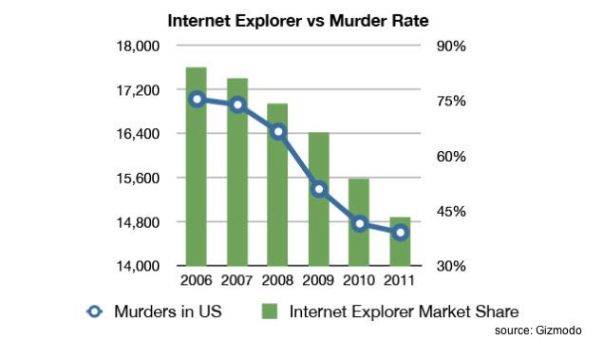It’s a common question. How do I know market size?
Of course what one does for that depends on the type of business. What works for a web app won’t work for a restaurant. The kinds of information available in one market differs from another. Local demographics might be quite enough for a retail business, but irrelevant for a web business.
Know Your Market or Prove Market Size
What you do, how much research you do, also depends very much on your real business need. Do you want to feel comfortable taking a risk, for yourself; or are you looking to prove a market to the satisfaction of outsiders (such as investors)? Knowing the market is one thing, proving it quite another. Many entrepreneurs will skimp on market research when they are comfortable with their feel for their market. And why not? Business information is worth the decisions it causes, and if you are going to take the risk anyhow, and market research is difficult and expensive, then it’s not good business. But you really do need to know your market. If you don’t know, for sure, find out. 
Crossword Puzzle
Think of it as like a crossword puzzle. You search for clues. You put clues together to fill gaps. And with that in mind, figure out how many customers are potentially in the market as a whole, and how many of them you can reach. Use available demographics, industry-by-industry data, web searches, financials of existing companies, whatever sources are available.
Here are some additional tips, from Market Information: Needles and Haystacks, part of my book Lean Business Planning:
Try to divide the market into meaningful groups, called segments. That will help you guess how much potential there is by segment. As an example, a computer manufacturer might segment the market by usage, as in homes, schools, small business, enterprise, and government.
Avoid Tunnel Vision
Don’t get tunnel vision about data and research. Way too often I see people struggling to find information to fit their preconceived notions of what’s needed instead of accommodating what’s available. For example, I dealt with a person who was going crazy trying to divide businesses into categories of annual revenue, which is impossible, instead of just defining categories by numbers of employees, which is easy to find. Take what information is available, if it works and takes you to meaningful business decisions; not what information you thought you wanted.
For example:
- If you want to divide U.S. businesses into segments according to size, use the numbers of employees data the government offers; don’t insist on some other size factor such as revenues or office space.
- If you want to divide businesses into size using employee numbers, use the government classifications. The U.S. economic census divides employee numbers into the classifications shown below. It obviously makes no sense to decide to break the sizes into 1-15 and 16-20 when the government already uses a different classification.
- As you look for market information you’ll often find classifications established by somebody else, before you started looking. Be flexible. Use what’s available.
The point? Do what you have to, to make your business decisions. If you have to prove your market, watch sources and validators.









You must be logged in to post a comment.